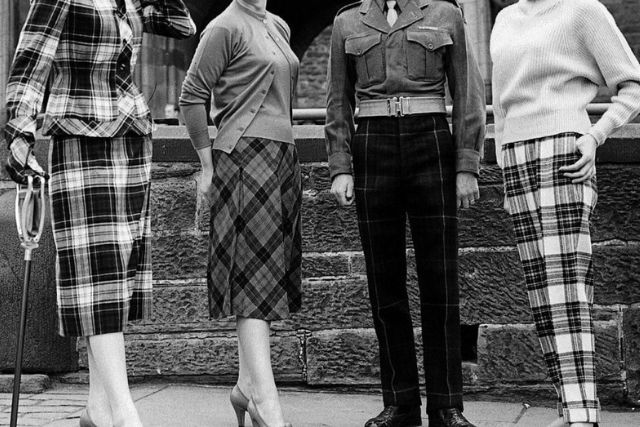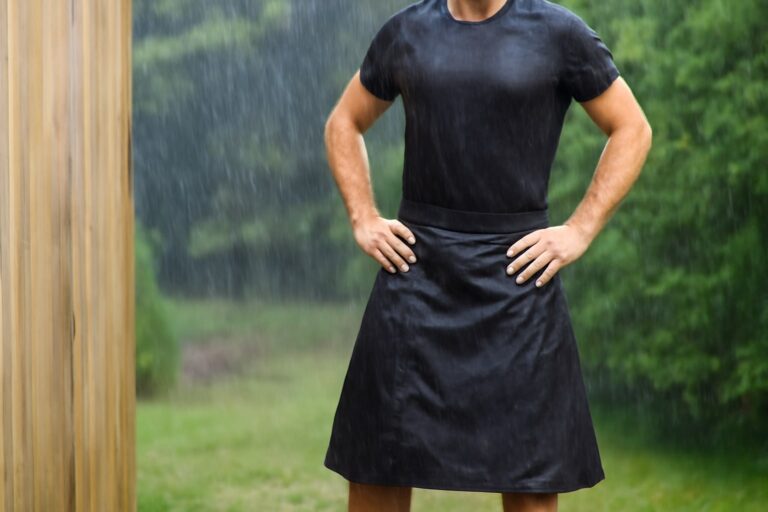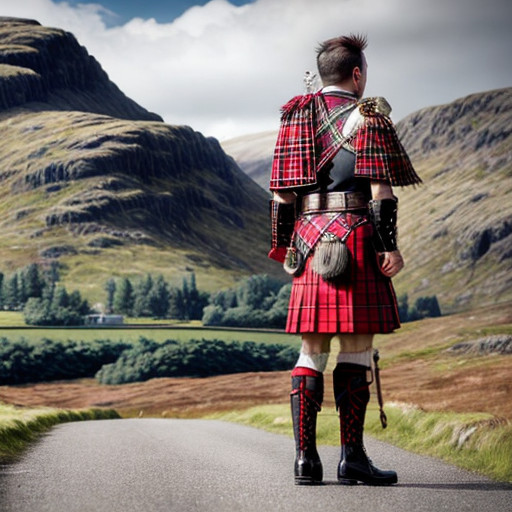Welcome to our exciting journey into the fascinating world of Scottish fashion, where the traditional and modern styles meet to create a unique and diverse fashion landscape. Scottish fashion has a rich history, dating back centuries, with Tartan patterns playing a significant role in shaping its identity. From the famous kilts to the iconic Tartan fabrics, Scottish fashion has always embodied a sense of tradition and heritage.
However, Scottish fashion has also evolved over time, adopting modern trends and styles that incorporate elements of both tradition and contemporary fashion. Today, Scottish fashion is a fusion of old and new, with designers exploring new materials, colors, and silhouettes, to create exciting and innovative fashion pieces.
We will delve into the history of Scottish fashion, tracing its roots to the traditional Tartan patterns, and exploring how it has evolved over time to embrace modern design. We will also highlight the significance of Scottish handknitting in creating sustainable fashion and how it has become an integral part of the Scottish fashion scene. Join us as we take a journey through time to discover the rich tapestry of Scottish fashion.

Traditional Scottish Fashion: A Journey Through Time
Scotland’s traditional fashion has a long and fascinating history that spans over centuries. The clothing worn by the Scottish people during the 16th and 17th centuries was distinct and unique, representing the essence of their culture and traditions.
16th Century Scottish Fashion
During the 16th century, Scotland was undergoing significant changes in its social and political structure. The fashion of this era reflected these changes, combining traditional elements with newer styles. Men wore woollen shirts, kilts, and plaids, while women’s clothing featured long-sleeved dresses and petticoats. Tartan patterns became increasingly popular during this period and were considered a symbol of Scottish identity.
17th Century Scottish Fashion
The 17th century saw a shift towards more elaborate and ornate clothing. Men wore highland dress, which included the iconic Scottish kilts, jackets, and tartan trousers. Women’s clothing featured corsets, bodices, and full skirts, often made from silk or velvet. Brightly colored plaids and tartans became more common during this era.
The Scottish kilts became an essential part of traditional Scottish fashion, and they remain an iconic symbol of Scottish identity to this day. Originally, kilts were worn as full-length garments before they evolved into their current form. The kilts were made from wool, and each clan wore their own distinct tartan pattern, making it easy to identify the wearer’s clan.
Scottish fashion during the 16th and 17th centuries was a reflection of the country’s rich history and culture. These traditional styles have continued to inspire Scottish fashion designers and have evolved into modern fashion trends that are popular globally.
Evolution of Scottish Fashion: Modern Trends and Styles
As we step into modern times, Scottish fashion has evolved into a blend of traditional elements and contemporary twists. The latest Scottish fashion trends showcase a fusion of the old and the new, creating a unique style that reflects the Scottish heritage.
Modern Scottish Fashion
The Scottish fashion scene has witnessed a rise in modern and chic designs. Scottish designers are redefining the traditional Scottish fashion, introducing new elements to create an edgy and contemporary style.
From bold tartans to elegant tweeds, the modern Scottish fashion scene has it all. Women’s Scottish fashion has witnessed a surge in popularity, with designers creating stunning dresses, skirts, and blouses that reflect the Scottish culture.
Men’s Scottish fashion has also undergone a transformation, with traditional tartans and kilts being reinterpreted for a modern audience. The introduction of accessories such as stylish scarves, hats, and shoes has further strengthened the modern Scottish fashion scene.
Scottish Fashion Trends
The Scottish fashion industry is constantly evolving, with new trends and styles emerging every season. The rise of social media and digital platforms has played a significant role in promoting Scottish fashion trends globally.
The current Scottish fashion trends include oversized knitwear, bright tartans, leather jackets, and plaid trousers. These trends are not only popular in Scotland but are also gaining followers worldwide.
Embracing Tradition and Modernity
The modern Scottish fashion scene has successfully blended tradition and modernity to create a unique style that reflects the Scottish culture. Designers are embracing traditional elements, such as tartan patterns and kilts, while incorporating modern elements to create a contemporary look.
The Scottish fashion industry has also been promoting sustainability and ethical practices. Many designers are using locally sourced materials and traditional craftsmanship techniques to create sustainable fashion that respects the environment.
The modern Scottish fashion scene is a perfect blend of tradition and modernity. Scott fashion trends are gaining global popularity, and the industry is promoting sustainability and ethical practices. Scotland’s rich heritage has provided a unique identity to its fashion scene, making it one of the most exciting and innovative in the world.
Handknitting and Sustainability: Making a Mark in Scottish Fashion
Scottish fashion has been making waves not only for its designs but also for its commitment to sustainability. One example of this is the art of handknitting, which has a long tradition in Scotland and is being increasingly recognized for its eco-friendly qualities.
The Craftsmanship of Handknitting
Handknitting involves creating garments using only knitting needles and yarn. One of the advantages of this technique is that it does not require the use of large machinery, which can have a significant environmental impact. Additionally, handknitting allows for greater customization and flexibility in design, as each garment is made to order and tailored to the individual.
In Scotland, handknitting has a rich history dating back centuries. Communities would often come together to knit garments for their families and loved ones, and the craft was passed down through generations. Today, many Scottish designers are incorporating handknitting into their collections, showcasing both the traditional techniques and the contemporary styles that can be achieved.
The Sustainability of Handknitting
Handknitting is also considered a sustainable practice because it allows for the use of locally sourced materials. This reduces the carbon footprint associated with transport and supports local businesses. Furthermore, because each garment is made to order, there is less waste generated in the production process as excess materials are minimized.
Another sustainability factor in handknitting is the use of natural fibers, which break down more easily in the environment than synthetic fibers. Wool is a popular choice in Scottish handknitting due to the availability of high-quality yarns from Scottish sheep breeds. Not only is wool biodegradable, but it also has insulating properties, making it ideal for colder climates.
The Future of Handknitting in Scottish Fashion
Handknitting is a craft that has stood the test of time, and its sustainability qualities have helped it gain renewed popularity in the fashion industry. The focus on eco-friendly practices and locally sourced materials aligns with the values of many consumers today who prioritize sustainability in their purchasing decisions.
Therefore, it is likely that the use of handknitting in Scottish fashion will continue to grow, with designers incorporating the technique into their collections and highlighting the unique qualities of this traditional craft.



